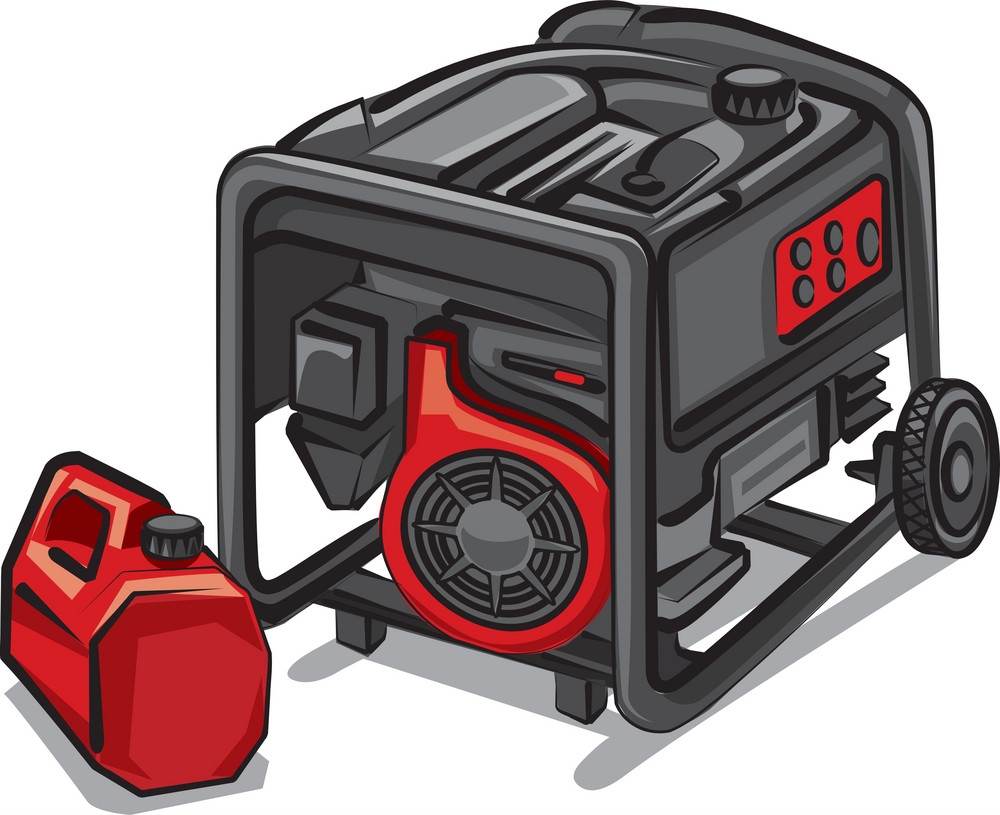Without warning is when most home emergencies come about and usually a quick call to 911 will deliver rescuers to your aid. At times if the emergency is distributed across a whole area then you may be left to fend for yourself and handle any troubles that come about on your own.
With an appropriate plan of action, the right tools, and superior preparedness, your home emergency kit should have your back in a time of need.
Local supplies like lumber, food, and emergency equipment tend to dwindle swiftly when a big weather event happens such as a hurricane due to public panic.
We do not recognize it until it is gone, but electricity powers our entire world. Providing heat, holding food at suitable temperatures and keeps our utilities operating such as pumps and lights. When there is a blackout, a standby or portable generator will help keep your home safe and your family comfy until the electric utility restores power.
A generator takes time install or put together, and linking it properly to your home demands a transfer switch. Have an electrician install a manual transfer switch for a portable generator or an automatic transfer switch for a standby generator and you’ll be ready to withstand a power outage in comfort and security.
If you choose a portable generator, don’t forget to stock fuel in five-gallon containers, use a stabilizer to keep it fresh, and rotate it on a normal basis.
In an emergency, a tool bag is much better than a tool box because it totes easily if you have to abandon your home. Keep an assortment of pliers, screwdrivers, wrenches and adjustable wrenches. Ratcheting screwdriver sets with interchangeable heads are light, durable, and don’t take up a lot of space. Small socket sets, Allen wrenches, a hammer, a hacksaw, and a hatchet are all good tools to have in an emergency. Heavy-duty extension cords make it easy to connect generators to power tools.
Both Water and food are critical needs and must be considered early on. Have water storage containers on hand. Gallon-size containers are easy to move and fill, larger containers are less portable and more difficult to fill, but can store a great deal of water for use during a widespread disaster.
Chlorine based water purification tablets will purify questionable water supplies and kill bacteria, viruses and parasites to make water safe for drinking. Bringing along a small camp stove will ensure a warm meal and also enables you to boil your water to make it safe to drink. You most likely won’t run your electric stove from a generator, but you could power a hotplate, microwave oven, or toaster oven.
Simple supplies such as duct tape, rope, bungee cords, and lumber should not be overlooked as they will most certainly come in handy. Have them on hand all the time and resupply them when your emergency toolkit runs low.
Battery driven lanterns, flashlights, and lights can get you through the night if you don’t have power or need to conserve generator power. Gasoline powered lanterns can provide a bright light, but can also emit dangerous carbon monoxide.
To power some small items like chargers, an inverter can be connected to your cars battery and provide these items with power. Better models with increased wattage can power additional items. The power they supply is normally not the best for running larger motors, so don’t depend on them to power refrigerators, freezers, or pumps.
You’ll have to run your car’s engine to prevent the battery from running too low, but if it does happen, a battery charger you can plug into your generator will charge it up again, or you could connect it to another battery with jumper cables to give your car a boost.
An emergency toolkit in your home isn’t all you require. Have a plan, be prepared to put the plan into use and know what dangers are typical where you live. Adjust your plan to fit those dangers and you’ll be well prepared when an emergency strikes.
For more info go to: www.GeneratorPowerForLess.com
